
-
Military Equipment Standards-
Weapon Systems and Ammunition Standards-
Standards for Nuclear Weapons Safety
We provide comprehensive solutions designed to help our clients mitigate risks, enhance performance, and excel in key areas such as quality, health & safety, environmental sustainability, and social responsibility.
Discover
For many years, our organization has been operating successfully, boasting modern laboratories that meet international standards. These laboratories are equipped with the latest technology devices and equipment, and we have built a strong team of experienced and trained personnel to operate them.
DiscoverWelcome to Eurolab, your partner in pioneering solutions that encompass every facet of life. We are committed to delivering comprehensive Assurance, Testing, Inspection, and Certification services, empowering our global clientele with the ultimate confidence in their products and processes.
Discover
-
Military Equipment Standards-
Weapon Systems and Ammunition Standards-
Standards for Nuclear Weapons SafetyStandards for Nuclear Weapons Safety: Ensuring Protection of People and Environment
The development, testing, and deployment of nuclear weapons pose significant risks to human health, the environment, and international security. To mitigate these risks, various standards have been established to ensure safe handling and operation of nuclear materials and facilities. These standards are crucial in preventing accidents, minimizing radioactive releases, and protecting people from radiation exposure.
International Standards
The International Atomic Energy Agency (IAEA) plays a pivotal role in promoting safe use of nuclear energy, including the development of safety standards for nuclear weapons. The IAEAs Safety Fundamentals series provides a comprehensive framework for ensuring safe operation of nuclear facilities, including those related to nuclear weapons. These standards are widely accepted and adopted by countries around the world.
This standard emphasizes the importance of radiation protection and nuclear safety culture in all aspects of nuclear operations.
It provides guidance on establishing effective radiation protection programs, including training, equipment, and procedures for handling radioactive materials.
The standard also highlights the need for a positive safety culture, which encourages open communication, transparency, and continuous improvement.
This standard provides specific guidance on radiation protection measures for workers in nuclear facilities.
It covers areas such as exposure limits, personal protective equipment, training, and medical surveillance.
The standard also emphasizes the importance of monitoring and controlling worker exposure to radiation.
National Standards
In addition to international standards, countries have established their own national standards for nuclear weapons safety. These standards often build upon IAEA guidelines and incorporate additional requirements specific to a countrys regulations and laws.
This order establishes the framework for implementing radiation protection programs at DOE facilities.
It covers areas such as radiation safety training, personal protective equipment, and radiation monitoring.
The order also emphasizes the importance of continuous improvement and transparency in radiation protection.
This regulation sets forth requirements for protection against radiation exposure at NRC-licensed facilities.
It covers areas such as dose limits, personal protective equipment, and training.
The regulation also emphasizes the importance of continuous monitoring and control of radiation levels.
QA Section
Q: What are some common standards for nuclear weapons safety?
A: Some common standards include IAEA Safety Standards Series No. GS-R-1: Radiation Protection and Nuclear Safety Culture, IAEA Safety Standards Series No. GS-G-3: Radiation Protection of Workers, United States Department of Energy (DOE) Order 6430.1A: Radiation Protection Program, and United States Nuclear Regulatory Commission (NRC) 10 CFR Part 20: Standards for Protection Against Radiation.
Q: What is the purpose of IAEA Safety Standards Series No. GS-R-1?
A: The IAEA Safety Standards Series No. GS-R-1 provides a comprehensive framework for ensuring safe operation of nuclear facilities, including those related to nuclear weapons. It emphasizes the importance of radiation protection and nuclear safety culture in all aspects of nuclear operations.
Q: What are some key requirements for radiation protection of workers?
A: Some key requirements include exposure limits, personal protective equipment, training, and medical surveillance.
Q: Can you provide more information on United States Department of Energy (DOE) Order 6430.1A?
A: DOE Order 6430.1A establishes the framework for implementing radiation protection programs at DOE facilities. It covers areas such as radiation safety training, personal protective equipment, and radiation monitoring.
Q: How do national standards build upon IAEA guidelines?
A: National standards often incorporate additional requirements specific to a countrys regulations and laws while building upon IAEA guidelines.
The development and operation of nuclear weapons pose significant risks to human health, the environment, and international security. Establishing and following strict safety standards is crucial in minimizing these risks and ensuring safe handling and operation of nuclear materials and facilities.

Trade and Government Regulations
Trade and government regulations play a vital role in shaping the global economy. These regulations ...
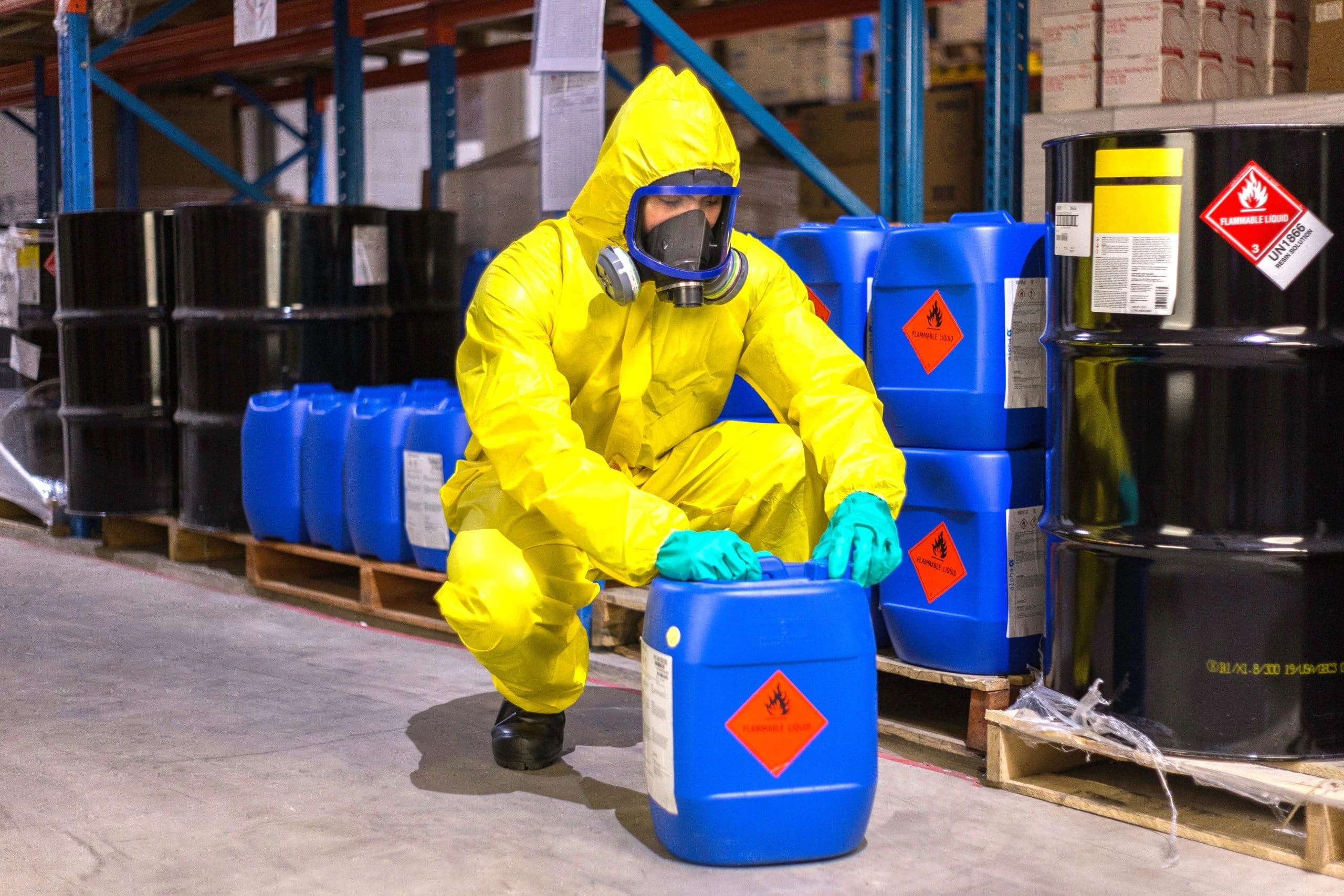
Chemical Safety and Certification
Chemical safety and certification are critical in ensuring the safe management of products and proce...
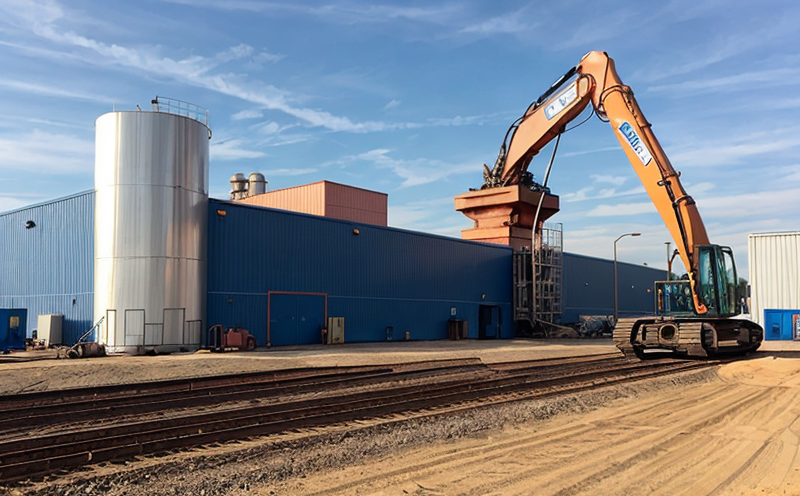
Industrial Equipment Certification
Industrial equipment certification is a critical process that ensures industrial equipment meets spe...

Environmental Impact Assessment
Environmental Impact Assessment: A Comprehensive Guide Environmental Impact Assessment (EIA) is a c...

Electromechanical Safety Certification
Electromechanical Safety Certification: Ensuring Compliance and Protecting Lives In todays intercon...
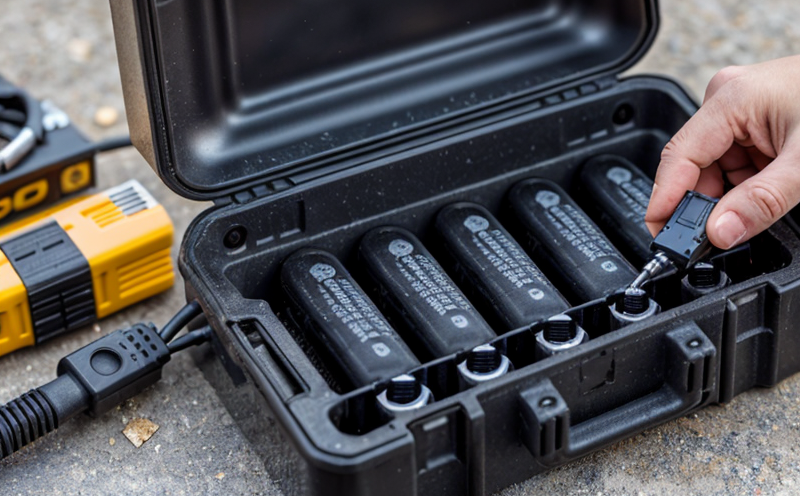
Battery Testing and Safety
Battery Testing and Safety: A Comprehensive Guide As technology continues to advance, battery-power...
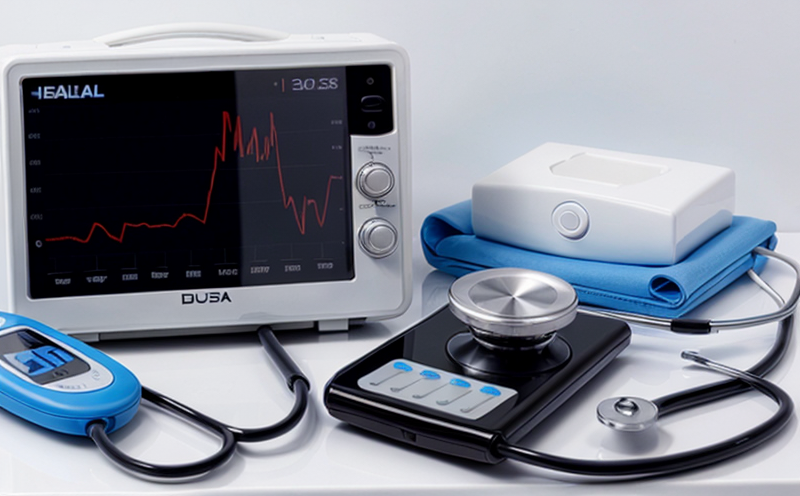
Healthcare and Medical Devices
The Evolution of Healthcare and Medical Devices: Trends, Innovations, and Challenges The healthcare...

Railway Industry Compliance
Railway Industry Compliance: Ensuring Safety and Efficiency The railway industry is a critical comp...

Aviation and Aerospace Testing
Aviation and Aerospace Testing: Ensuring Safety and Efficiency The aviation and aerospace industr...

Hospitality and Tourism Certification
Hospitality and Tourism Certification: Unlocking Opportunities in the Industry The hospitality and ...

Lighting and Optical Device Testing
Lighting and Optical Device Testing: Ensuring Performance and Safety Lighting and optical devices a...
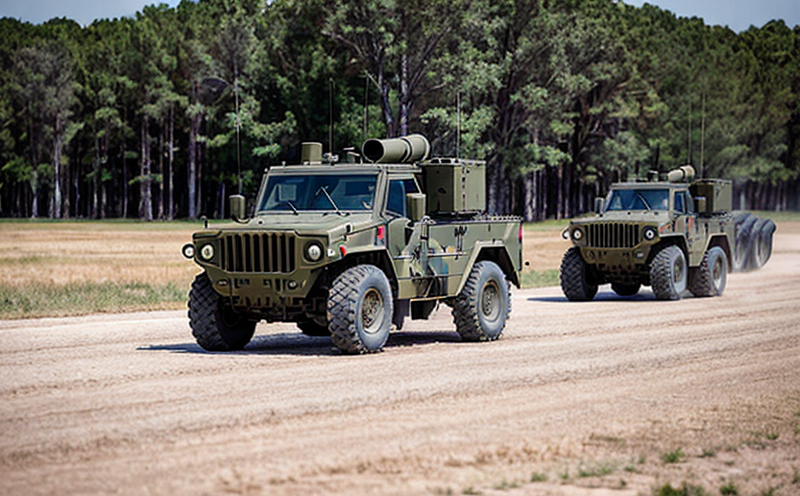
Military Equipment Standards
Military Equipment Standards: Ensuring Effectiveness and Safety The use of military equipment is a ...

IT and Data Center Certification
IT and Data Center Certification: Understanding the Importance and Benefits The field of Informatio...

Agricultural Equipment Certification
Agricultural equipment certification is a process that ensures agricultural machinery meets specific...
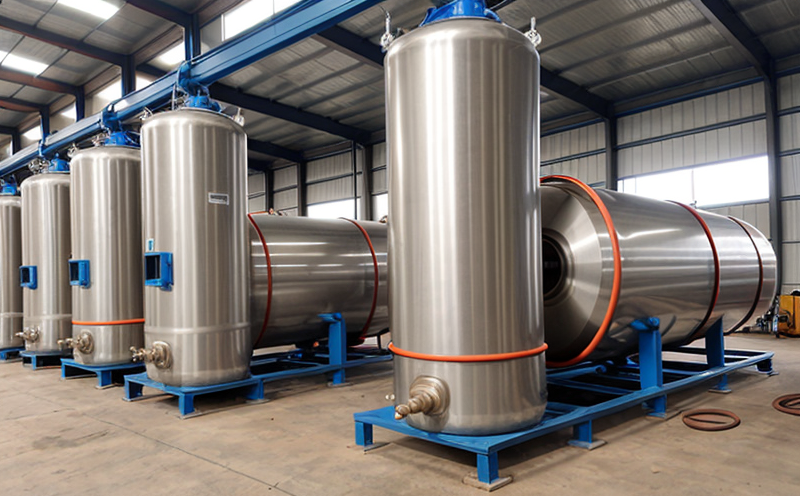
Pressure Vessels and Installations Testing
Pressure Vessels and Installations Testing Pressure vessels are a critical component of various ind...

Transportation and Logistics Certification
Transportation and Logistics Certification: A Comprehensive Guide The transportation and logistics ...

Renewable Energy Testing and Standards
Renewable Energy Testing and Standards: Ensuring a Sustainable Future The world is rapidly transiti...
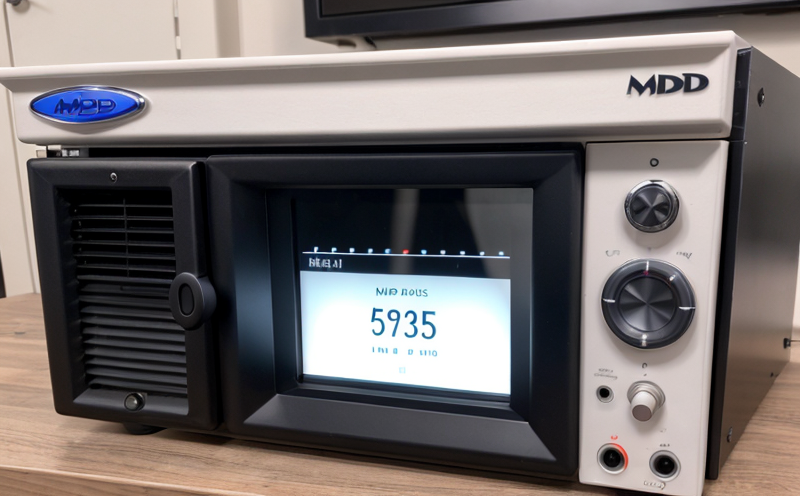
MDR Testing and Compliance
MDR Testing and Compliance: A Comprehensive Guide The Medical Device Regulation (MDR) is a comprehe...

Construction and Engineering Compliance
Construction and Engineering Compliance: Ensuring Safety, Quality, and Regulatory Adherence In the ...

Fire Safety and Prevention Standards
Fire Safety and Prevention Standards: Protecting Lives and Property Fire safety and prevention stan...

Energy and Sustainability Standards
In today’s rapidly evolving world, businesses face increasing pressure to meet global energy a...

Environmental Simulation Testing
Environmental Simulation Testing: A Comprehensive Guide In todays world, where technology is rapidl...
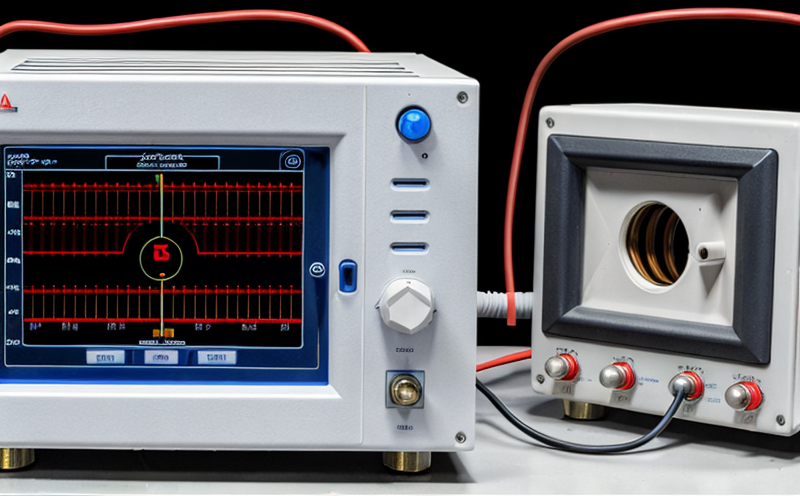
Electrical and Electromagnetic Testing
Electrical and Electromagnetic Testing: A Comprehensive Guide Introduction Electrical and electrom...

Pharmaceutical Compliance
Pharmaceutical compliance refers to the adherence of pharmaceutical companies and organizations to l...

Automotive Compliance and Certification
Automotive Compliance and Certification: Ensuring Safety and Efficiency The automotive industry is ...

Product and Retail Standards
Product and Retail Standards: Ensuring Quality and Safety for Consumers In todays competitive marke...

NEBS and Telecommunication Standards
Network Equipment Building System (NEBS) and Telecommunication Standards The Network Equipment Bu...

Consumer Product Safety
Consumer Product Safety: Protecting Consumers from Harmful Products As a consumer, you have the rig...

Cosmetic Product Testing
The Complex World of Cosmetic Product Testing The cosmetics industry is a multi-billion-dollar ma...

Food Safety and Testing
Food Safety and Testing: Ensuring the Quality of Our Food As consumers, we expect our food to be sa...